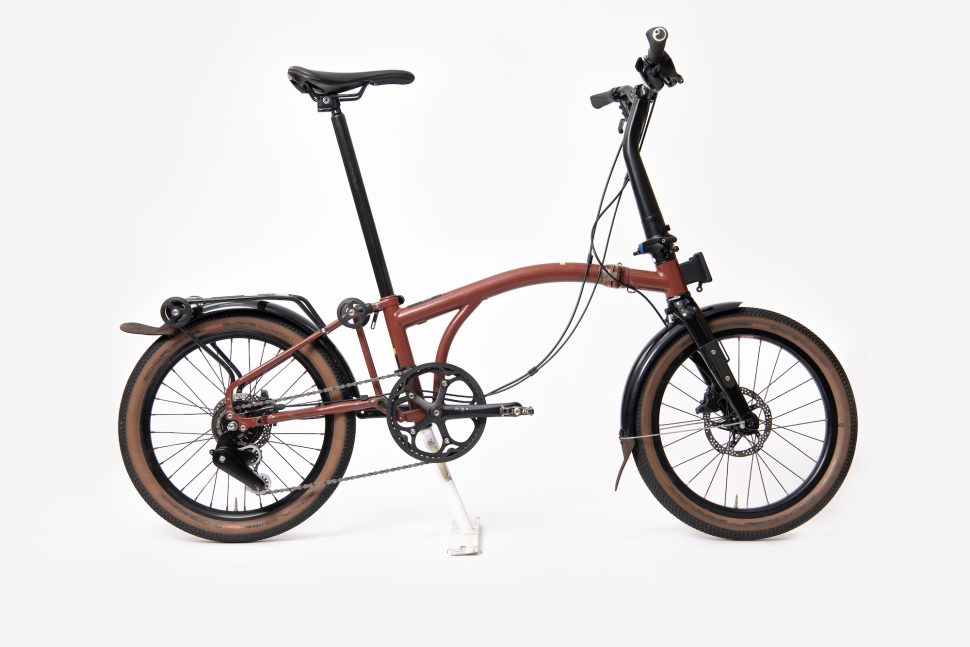Cyclist
Changing the Game: How the Brompton G Line came to be
‘You’ve got to know when to hold ’em, know when to fold ’em, know when to walk away and know when to run,’ said Kenny Rogers in The Gambler. That applies perfectly to the new Brompton G Line, its first bike to go beyond 16-inch wheels.
For a company like Brompton, which has had immense success pretty much exclusively from nailing a single product (albeit with slight varations), to zag like this is a risk. It puts faith in the design team, who then had the pressure of making a Brompton that kind of wasn’t a Brompton but still had to be a Brompton.
So we caught up with G Line design lead Tom Kerr to talk about the development process.
Making the G Line step by step

‘The first prototype was, how can we just get 20-inch wheels onto a Brompton? And so effectively, that was using the tubes that we already had and coming up with a slightly larger fork and a slightly larger rear frame. It wasn’t a bike that folded, the rear wheel flicked underneath but it didn’t really fold up and keep itself together.

‘Step one was basically proving the point that the larger wheels could go onto it and it didn’t look weird or do anything super-bizarre to the geometry. It wasn’t a great bike to ride. Just because we can doesn’t mean it’s the best thing at the beginning.

‘Step two was actually not one prototype, but a whole fleet of prototypes that lived to different geometry elements. And that was a sort of rusty bike that had all adjustable bits on it.

‘What that allowed us to do was break down all the different elements of geometry that we wanted to understand. That was things like front centre, rear centre, BB, height, overall wheelbase, head tube angle, seatpost angle, reach, stack, handlebar width, rise on the handlebars. All of those things were tested individually and then filtered through. So once we believed we understood that characteristic of the bike, we then started to pair the winners of the test through – the best front centre with best rear and then the best head angle and all those things. So it was one of many bikes then filtered up and then filtered down again in terms of prototype.

‘The very early bikes were called Alpha. The Alpha prototypes were a proof of principle, I think that’s the best way to look at it. And then the beta stage is about bringing core technologies together.

‘So geometry on one hand, which is all those bikes you saw, but then also putting right brakes and gearing on it, and individually proving out those aspects, and then the later beta bikes, once we nailed down all those geometries, then looked at the fold. That involved 3D printing parts and then piecing all of it together.

‘That then requires another big jump to what we call a factory build, which is then replicating building the bike as we build it on the line. The bike is locked down but we need to prove we can manufacture it.’
And how did Kerr and co feel the pressure? ‘You have to back yourself to a certain degree in terms of being able to solve the problem, because nothing is particularly that unsolvable. And actually that’s why the Brompton as a bike is great, because it’s a very tangible thing to understand.’
Find out more about the G Line at brompton.com
The post Changing the Game: How the Brompton G Line came to be appeared first on Cyclist.